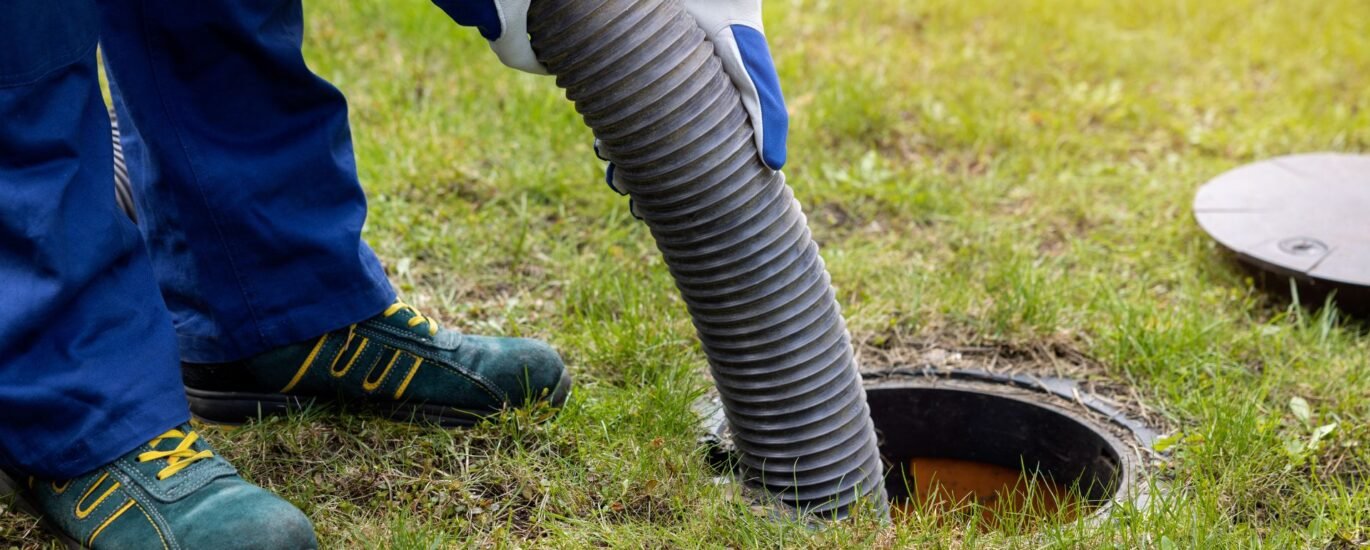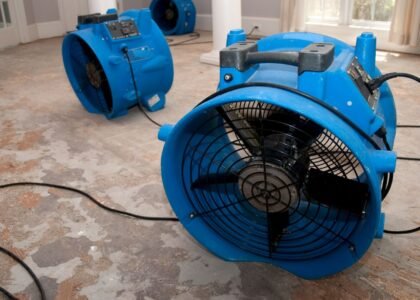Introduction
In part A, we covered the fundamentals of sewage cleanup and sanitization—why it’s critical and how it’s done. Here, we dive deeper: exploring recovery trends, innovations, and long-term strategies to ensure your property remains safe and resilient. These two blogs interplay and drive readers back and forth between practical steps and big-picture thinking.
(Check out our step-by-step process on the cleanup and sanitization page.)
Recovery Trends & Innovations in Sewage Remediation
Advanced Detection & Monitoring
- Thermal imaging & IR cameras detect hidden moisture in walls or subfloors
- Hygrometers and moisture sensors give real-time tracking across affected zones
- IoT sensors in smart homes now alert homeowners to pipe leaks or sewage pressure changes
Enhanced Disinfection Technologies
- Electrostatic sprayers atomize disinfectants for uniform coverage
- UV-C systems used in HVAC or ductwork to inactivate airborne pathogens
- Ozone & hydroxyl generators neutralize odors and pathogens in enclosed spaces
Sustainable & Green Products
- More antimicrobial agents now biodegradable
- Use of low-VOC disinfectants to reduce chemical residues
- Waste disposal processes aim to recycle or safely neutralize waste where possible
These innovations streamline the cleanup process and reduce residual impacts.
Long-Term Strategies for Resilient Properties
Maintain Plumbing & Sewage Infrastructure
- Regular inspections and cleaning of pipes, sewer lines
- Use backflow preventers or check valves
- Upgrade aging pipes proactively
Improve Drainage Around Property
- Ensure gutters, downspouts, and grading direct water away
- Install drainage tiles or French drains where needed
- Use permeable paving and absorbent landscaping
Use Smart Monitoring Systems
- Place moisture or leak sensors in basements, utility rooms
- Connect to alerts via apps or property management systems
- Get early warnings to prevent major backups
Schedule Preventive Cleanings
- Quarterly checks in high-risk zones
- Preventative pump or drain cleanings
- Keep records of past backups or issues
These actions enhance resilience against future sewage events.
Post-Cleanup Best Practices
Contents Handling
- Soft goods like curtains, textiles: steam or launder following sanitization
- Electronics: allow professionals to inspect and dry before power use
- Furniture: disassemble if possible and treat parts selectively
Air Quality & Ventilation
- Continue air movement via fans and ventilation
- Run air scrubbers or HEPA filtration systems
- Monitor VOCs and odors—treat as needed
Follow-Up Inspections
- Return in one week or two to check for lingering moisture
- Reapply treatments or drying if new readings pop up
- Document everything for future reference
These follow-ups guard against lurking trouble.
When to Seek Professional Help vs. DIY
| Situation | DIY Possible | Professional Recommended |
|---|---|---|
| Minor toilet overflow | Yes (if quickly contained) | If it’s recurring or large-scale |
| Basement or crawl space flood | No | Yes, due to hidden moisture & structural risk |
| Sewage backup or black water | No | Always professional |
| Odors or microbial growth after cleanup | Only if minimal | Better safe with expert validation |
In many cases, what seems manageable evolves fast—leaning to the pros often saves time, health, and money.
How the Two Blogs Loop Together
- Blog A outlines what sewage cleanup entails, step by step.
- Blog B builds on that foundation, exploring what comes next—new tech, long-term prevention, and scenarios.
- Each blog references the other implicitly: readers from Blog A may want to explore recovery trends (Blog B) and vice versa.
- Both include internal links to your service page and contact form for readers to dive deeper or reach out.
This looping structure guides a visitor from awareness to action, reinforcing your core service.
Final Thoughts & Next Steps
Sewage cleanup and sanitization is a specialized, high-stakes service that demands precision, speed, and expertise. When done right:
- Health risks are neutralized
- Structural damage is limited
- Odors and contamination are eliminated
- The property is restored to safe occupancy
If you’ve experienced sewage intrusion—or want to fortify your property against it—start by reviewing the cleanup and sanitization service page. When you’re ready, get in touch: Contact Us.


